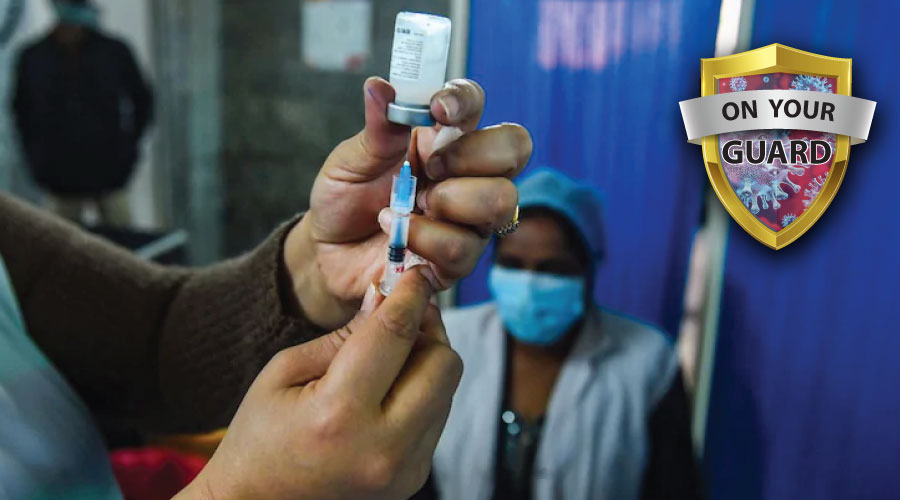The transmission debate gathered steam again this year when a group of researchers presented 10 kinds of evidence, published in The Lancet in April, to argue that the coronavirus infection was airborne. Other studies, on ways to reduce risk of transmission, suggested that the six-foot-rule of social distancing might not be valid any longer.
Referencing this growing concern over transmission, the WHO updated its brief on April 30 to include the possibility of airborne transmission of the virus in an indoor or non-ventilated set-up. “The virus can also spread in poorly ventilated and/or crowded indoor settings, where people tend to spend longer periods of time. This is because aerosols remain suspended in the air or travel farther than 1 metre (long-range),” the WHO said.
It reiterated that the virus “spreads mainly between people who are in close contact with each other, typically within 1 metre (short-range). A person can be infected when aerosols or droplets containing the virus are inhaled or come directly into contact with the eyes, nose, or mouth.
"People may also become infected by touching surfaces that have been contaminated by the virus when touching their eyes, nose or mouth without cleaning their hands,” it added, explaining that further research was on to understand the various modes and risks of the spread of the virus.
The WHO observation of “aerosols remaining suspended in the air” was the most significant update. It acknowledged the long-range travel of aerosolised coronavirus as opposed to the earlier belief that the droplets were pulled down by gravity before they were able to travel farther.
But this new finding does not fundamentally alter the on-ground situation in India other than underscoring the vulnerability of those in closed spaces like air conditioned cinema halls, auditoriums or dining halls, the kind used for wedding receptions. It is not without reason, therefore, that the Union health ministry continues to insist on the use of masks _ even at home if there is an infected person _ and has benchmarked a two-metre rule social distancing.
As for masks, junk those fancy, printed cloth covers. Use good quality N-95 masks for better protection.
PS: The recommendations in this column (source: Union ministry of health and family welfare, CDC, WHO) are intended as general advisories. For specific concerns, especially for those with comorbidities, it is advisable to consult your family physician.













